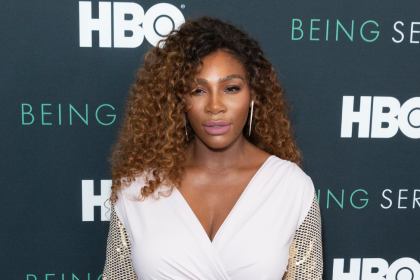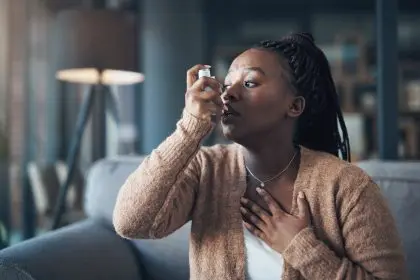
During Breast Cancer Awareness Month, rolling out is helping women (and men) understand the complicated aspects of the second most common form of cancer, breast cancer.
According to the National Breast Cancer Foundation, cancer is a broad term for a class of diseases characterized by abnormal cells that grow and invade healthy cells in the body.
With any sickness or disease, it is extremely important to understand all of its components to plan the best course of treatment. Below are facts about breast cancer and what to look for.
Early detection
Knowing your body and what to look for is a great way to ensure that you stay healthy. Early detection is the best way to prevent diseases like cancer from escalating to an advanced stage.
Breast cancer detection
There are several tests that can help doctors detect and diagnose breast cancer. If a woman detects changes in her breast through self-examination, her doctor will conduct a clinical breast exam, along with ordering a mammogram, breast ultrasound or breast MRI to determine if there is an abnormality in the breast tissue. Breast self-examination is extremely important for all women to do monthly, regardless of age. For younger women, this is particularly important because it is not recommended that women start getting annual mammograms until they are 40 years old. A mammogram is a low-dose X-ray that allows radiologists to look for changes in breast tissue.
Signs of breast cancer
All women are encouraged to look for certain signs while conducting a breast self-examination. According to the Mayo Clinic, these symptoms include:
– A breast lump or thickening that feels different from the surrounding tissue;
– Change in the size, shape or appearance of a breast;
– Changes to the skin over the breast, such as dimpling;
– A newly inverted nipple;
– Peeling, scaling, crusting or flaking of the pigmented area of skin surrounding the nipple (areola) or breast skin;
– Redness or pitting of the skin over your breast, like the skin of an orange.
Types of breast cancer
Ductal carcinoma in situ, invasive ductal carcinoma, and invasive lobular carcinoma are the most common forms of breast cancer; whereas sarcomas, phyllodes, Paget disease, and angiosarcomas are more rare.
Breast cancer in Black women
Breast cancer is a disease that can affect both men and women, however, it is far more common to occur in women. There are some significant differences in the way the disease presents itself in Black women. According to BreastCancer.org, “Black women have higher breast cancer mortality rates than White women.”
Breast cancer in men
While rare in men, according to the National Breast Cancer Foundation, “an estimated 2,470 men will be diagnosed with breast cancer and approximately 460 will die each year.” The mortality rate for men with breast cancer is higher due to the fact that awareness for men is lower and they are diagnosed at more advanced stages of the disease.
Risk factors for breast cancer
These are some of the factors that put you at a higher risk for developing breast cancer:
– Age. The older you are, the higher your risk for developing any cancer, including breast cancer.
– Women with a family history of breast cancer in a first-degree relative (mother, sister, or daughter).
– Women who have inherited changes in the BRCA1 and BRCA2 genes or in certain other genes.
– Having dense breast tissue.
– Exposure to high estrogen levels over an extended period of time.
– Taking hormone therapy or radiation therapy.
– Obesity.
– Excessive alcohol consumption.
Preventive measures
Avoid smoking, and drink alcohol in moderation to decrease your chances of developing cancer. Eating healthy and maintaining an exercise regimen is essential as well.
Rolling out encourages you to educate yourself about breast cancer. We invite you to become a part of our #ICommit campaign and join the #pinkbrachallenge. Learn more by visiting our Instagram page, @rollingout.















